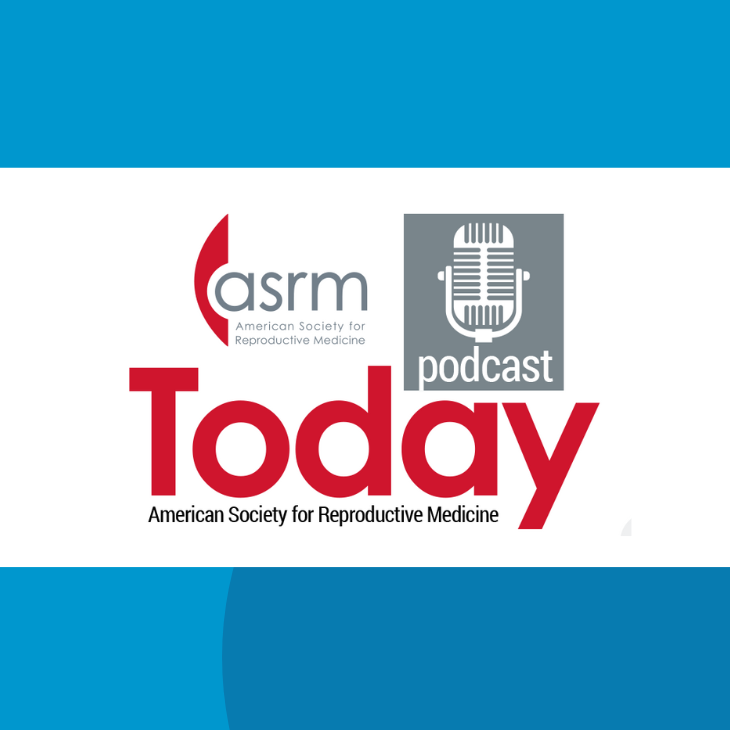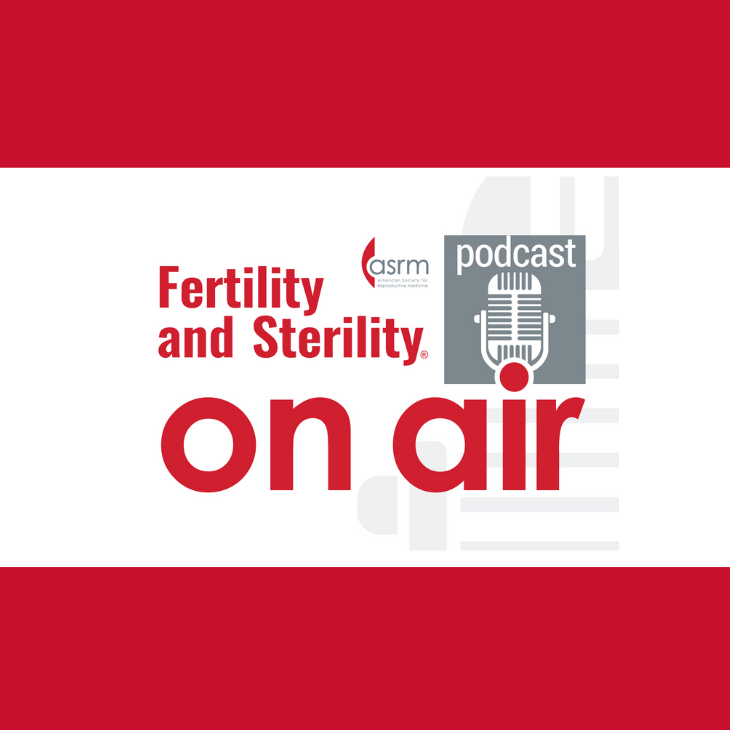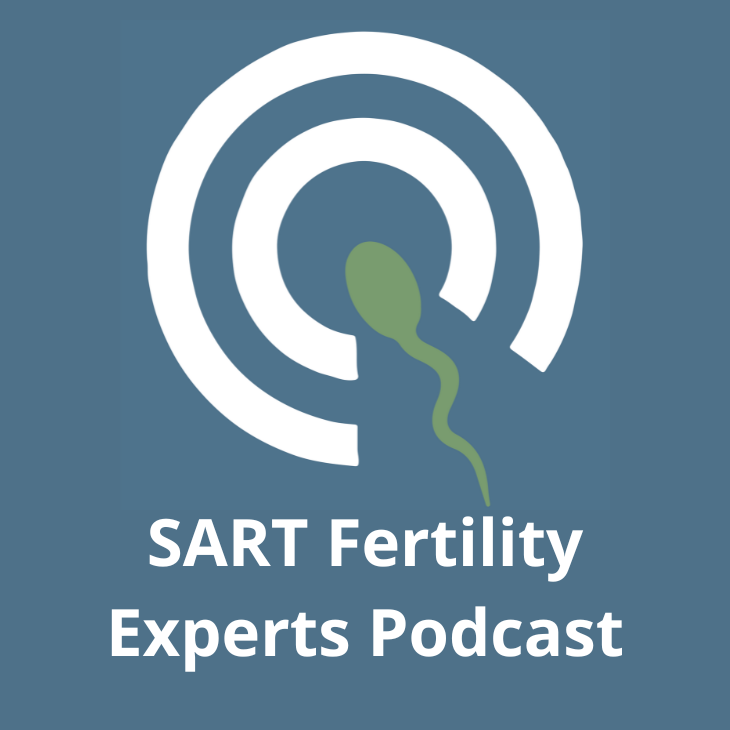
Transcript
Explore innovation in reproductive health with ASRM Today. Discover how AI, robotics, and new technologies are transforming fertility care and improving patient outcomes.
Are you ready to be at the forefront of family building and reproductive health? Join us for ASRM 2024 in Denver, Colorado, October 19th through the 23rd. This year's event features expanded meeting spaces, more seating, and a new global health track as part of a comprehensive program that goes beyond infertility to cover all aspects of reproductive health. We welcome members, trainees, and colleagues from every corner of the globe.
Join us for an unforgettable experience at the ASRM 2024 Scientific Congress and Expo. For more information and to register, visit asrmcongress.org. Innovation is a word, in my mind, that often reflects positivity and hope, especially in the sciences. Here at ASRM, as an organization and in the education department, innovation is something that we are constantly investigating and promoting.
I am Jeffrey Hayes, and this is ASRM Today. Welcome to ASRM Today, a podcast that takes a deeper dive into the current topics in reproductive medicine. Episode 3, Innovation.
In continuing to think about our theme of equity, access, and innovation this season, I wanted to take an opportunity with this topic to go inward and share with listeners some of the ideas that the people of ASRM have about innovation and what it means. Jessica Goldstein, Director of Educational Programming at ASRM. So innovation to me is when you move from what you're currently doing to adopting new technologies, new ways of thinking, or new ways of approaching a problem.
This is a relatively young branch of medicine. It hasn't been going on quite as long as some others. And so innovation has been a huge part of reproductive medicine over the last 40 years.
New ways inform new ideas, opening up paths previously unseen or even existing. This definition of innovation forms into something breaking through, the idea of new. Jared Robins, CEO of ASRM.
Innovation, in my mind, is the process of transforming new ideas into practical applications to ultimately improve health care and improve patient outcomes. It obviously involves research, but in my mind at least, research aims to understand a process better, like what are the mechanisms that occur during implantation? Or research can be used to statistically demonstrate that a product will work, a drug clinical trial. But innovation, it's broader.
It involves the process of doing research, but then it's the process that we use to then apply that new knowledge or understanding that we get from research to develop a process or to develop a product or an application that can be used. So it's taking that research to the next level and then utilizing it to improve health care. So it's the whole umbrella of taking a new idea, studying it, bringing it to an understanding and then utilizing that understanding to then develop some sort of innovation, some sort of product to then impact health care.
Innovation is transformation, something that leads to new practical applications that improve patient outcomes. Everything points towards the idea of technological innovation, which through practical research can improve things. But what specific innovations can we look towards? I pose this question to Dr. Robins.
It doesn't necessarily have to be based on basic science and it can be epidemiologic. I think it's really important to think about all of the gaps that we have in our health system, the disparities that we see. And then innovation could be doing research on why is there a deficit in the health care system and then applying that knowledge to then develop a way in which we could have a process to fill that gap.
And I think that's innovation. I mean, you know, I think that it could be something really, really transformative. It could be something as simple as figuring out a way to bring health care to a rural community.
That could be an innovation. Innovation itself as a subject is transformative, democratic. We hear it is about opening doors and providing as much equity and access as possible.
What about any actual applications that are innovative? I asked Jessica and Dr. Robins. One thing that really makes me excited is the democratization of access to effective fertility treatment. So for a long time, fertility care has not been readily available due to geographic concerns or financial concerns.
It hasn't been covered by third party payers all that much in the United States until relatively recently. And so there were a lot of people who couldn't access the care that was available because it wasn't close by or it was too expensive or they just didn't have the resources to access it. What really excites me about innovation is being able to bring this necessary care to the people who really need it.
To removing financial barriers, to making sure that we're removing social barriers, accessing people who traditionally may not have culturally been open to accessing reproductive care and explaining how that can happen and being sensitive to those concerns so that other people who didn't previously have access now have access to bringing new technologies that are less expensive and more efficient and don't rely so heavily on labor intensive labs. Those kinds of innovations are the ones that really excite me, that allow us to deliver the care that is needed to the people who need it most and removing those barriers as we can. Gosh, there's so much exciting innovation happening in our field.
I mean, throughout the House of Medicine, there's really cool innovations, but the most exciting innovations are really found in our field, in reproductive medicine. I mean, think about the use of AI in our clinics and how AI can truly transform the way in which we manage our cycles and manage our ultrasounds. I mean, AI really being integrated in so many parts of what we do.
It's a little scary because it makes me worry about what will be my role as a physician, but I think that when we think about how many decisions we make based on our own experience. I've seen this 10 times, but yet if we bring in AI, we can say, I've seen this a million times, right? Because the AI is bringing in all those experiences from all the other physicians. So I think the AI aspect is really exciting and I think robotics.
I've loved robotics since grade school. I've been excited about robotics, right? I mean, we're going back a couple of years ago now and I've always been excited about robotics and I think some of the innovations I've seen with bringing robotics into the IVF lab are really cool. Again, kind of scary because it takes out part of that human experience, but I think what AI and robotics are going to do to our field is make us have to be experts, right? The AI and the robotics, they'll be able to do all of the patients that are in the two standard deviations, right? The easy patients and then the physician experts and embryologic experts are going to be for all those difficult, tough cases.
We're still going to have to be playing a really, really important role. With these innovations, virtual and kinetic, how do we evaluate it? I asked Jessica. Well, I think that members and third party payers and the entire reproductive health community, patients certainly, look to ASRM to try and sift through all the innovations that are coming out and identify which ones have the greatest impact or are reasonable to do or to talk through the discussions about when to adopt new technologies or new practices, when to make these shifts, what's reasonable to do, what's been scientifically proven, what hasn't been.
So they look to us to give them information as the new technologies are introduced and developed and then eventually adapted to become standard of care or abandoned. ASRM functions as a mechanism of innovation, a space to sift through the research, the new ideas, the new ways, and try to find that which best helps patients. Innovation is not so much about the physical technological aspect but about providing information to help continue an ongoing conversation, a conversation that has no end as long as innovation drives it.
Join us next time as we continue thinking about equity, access, and innovation. But this time, we are going to the movies. I'm Jeffrey Hayes and this is ASRM Today.
This concludes this episode of ASRM Today. For show notes, author information, and discussions, go to ASRMtoday.org. This material is copyrighted by the American Society for Reproductive Medicine and may not be reproduced or used without express consent from ASRM. ASRM Today series podcasts are supported in part by the ASRM Corporate Member Council.
The information and opinions expressed in this podcast do not necessarily reflect those of ASRM and its affiliates. These are provided as a source of general information and are not a substitute for consultation with a physician.
ASRM Today

ASRM Today: Equity, Access, and Innovation, Episode Seven: ASRM 2024 Preview Part Two
Explore key sessions at ASRM 2024, including mental health in fertility care, male infertility research, and equitable contraceptive access. Join the discussions in Denver.
ASRM Today: Equity, Access, and Innovation, Episode Seven: ASRM 2024 Preview Part One
Preview the ASRM 2024 Congress with insights on postgraduate courses covering fertility education, innovation, and increasing access to reproductive care.
ASRM Today: Equity, Access, and Innovation, Episode Six: Patient Education
This episode explores the importance of inclusive, plain-language patient education, helping patients understand diagnoses and treatment options.


